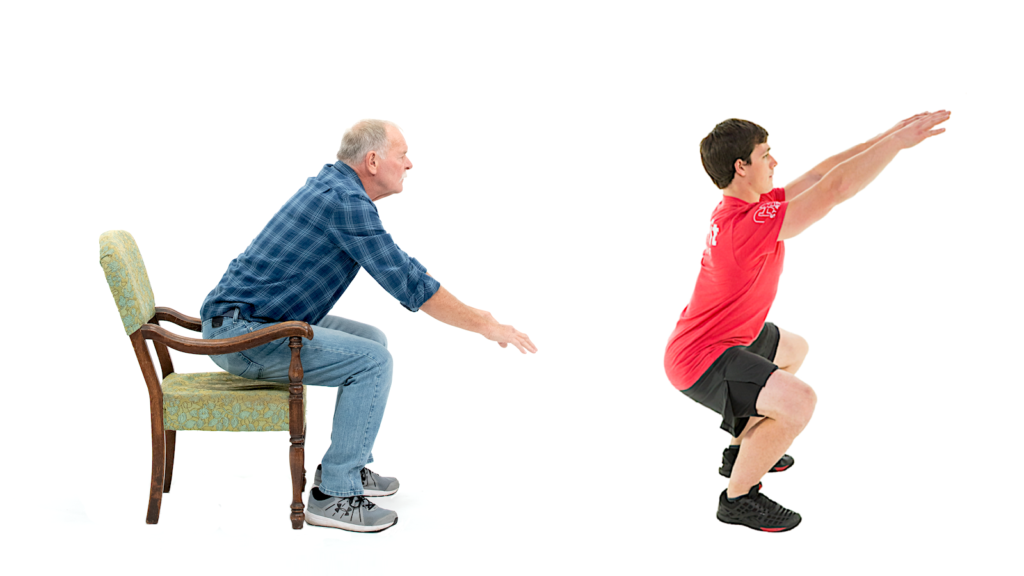CrossFit, to the uninitiated, can appear to be something of an enigma. The daily regimen or workout prescription changes from day to day, while initiates adopt their own language and set of behaviors that may seem strange at first glance.
Despite this, CrossFit has always been simple in both philosophical approach and definition. CrossFit is composed of three definitive elements: constantly varied functional movements, executed at a high intensity.
Any fitness program can ultimately be characterized by the movements it chooses to prioritize. CrossFit chooses to prioritize functional movements. The problem with the term “functional” is that it has been co-opted so frequently that it no longer holds significant meaning.
There are many characteristics of functional movements that CrossFit athletes and trainers can use to discern functional from non-functional movements. For example, we say functional movements are “natural,” meaning they are not movement patterns used only at the gym. Rather, these movements are found everywhere in human behavior and arise spontaneously as a response to life. For example, getting up out of a chair requires an air squat; picking up groceries from the floor, a deadlift; getting a five-gallon water jug onto a table, a clean; placing items on a high shelf, a shoulder press.
In a similar vein, we also deem functional movements “essential.” These are the movements life demands — whether we practice them or not — which makes them essential to independent living. When we lose the ability to perform functional movements, we also lose the ability to live independently. This is called decrepitude, and by practicing these essential movements, we can stave off that outcome and keep ourselves and our loved ones out of the nursing home. An exhaustive list of the descriptive characteristics of functional movements is covered at the CrossFit Level 1 Certificate Course.
While these characteristics are useful in helping us identify functional movements, they are ultimately subjective in nature. For CrossFit, the most significant and definitive characteristic of functional movements is they are capable of moving large loads long distances, quickly. Three variables are at play here: force, distance, and time. These variables are used to calculate average power — i.e., force times distance/time. In short, functional movements are those capable of producing high power output relative to their non-functional counterparts. For example, with regard to a simple air squat, if you take the distance an athlete travels (vertical displacement), the load (in this case the body weight of the athlete), and the duration of the effort, this will easily produce greater output than any isolation exercise in the mainstream gym. The significance of power output relative to the other characteristics of movement is that it is measurable. We can put an exact number on the effort and track both the effort itself and real (rather than perceived) improvements, or the lack thereof, over time.
Power also relates to intensity, which we will cover in part 2 of this three-part series.
We are often asked: If CrossFit prioritizes movements that generate high power output, why do we still incorporate other movements? The litmus test for these movements is their transferability to functional capacity. Most often, you will see such transfers with gymnastics movements. For example, the L-sit does not generate high power, but the reliance on your own body control in conjunction with the core strength developed will most certainly support one of the main features of functional movements: the ability to stabilize the trunk.
The key takeaway here is that CrossFit programming should be weighted toward movements that generate high power output while not dogmatically eschewing other movements that comprise the foundational levels of the Theoretical Hierarchy of Development of an Athlete, most notably a variety of gymnastics movements that require and develop tremendous strength and body control.
Additional Reading
To learn more about human movement and the CrossFit methodology, visit CrossFit Training.

Defining CrossFit, Part 1: Functional Movements
3